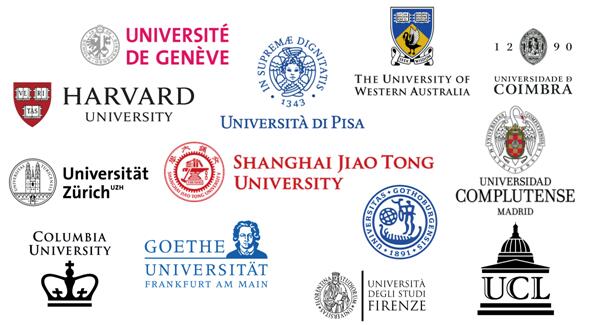Recently, autologous hematopoietic stem cell therapy was completed in Shanghai, and British girls born in the 1990s have suffered from multiple relapses of blood diseases, including stem cells, peripheral blood, and diseases
Recently, Catherine, a British girl born in the 1990s, received autologous peripheral blood hematopoietic stem cell transfusion at the Cancer Center of Shanghai Jiahui International Hospital, and was successfully discharged from the warehouse. She is now on her way back to China after being discharged from the hospital. She is also the first patient at Shanghai Jiahui International Hospital to complete relevant treatments.
In 2019, Catherine was diagnosed with Hodgkin's lymphoma in the UK, and after treatment, the disease completely improved. During her work and life in China in 2021, she went to seek medical attention due to multiple enlarged lymph nodes. Pathological biopsy confirmed a recurrence of Hodgkin's lymphoma, and through combined targeted drug treatment, her condition was temporarily under control. Last year in the second half of the year, when the disease recurred, the girl began to use immunotherapy combined with targeted drugs for treatment. Expert evaluation suggests that for young patients with hematological tumors, the risk of recurrence is high and the difficulty of treatment is increasing in the future. Autologous hematopoietic stem cell therapy will help them achieve a "phased cure" and greatly reduce the probability of recurrence.
The so-called autologous hematopoietic stem cell therapy has been widely carried out globally, but the application rate in China is relatively low. Expert introduction: This is a cutting-edge medical method that utilizes the powerful differentiation and renewal ability of hematopoietic stem cells to save lives. After undergoing radiotherapy, chemotherapy, and pre-treatment with new drugs, the patient will receive autologous hematopoietic stem cells infused into the body through blood vessels to rebuild normal hematopoietic and immune systems. At present, this therapy is mostly used for the treatment of multiple myeloma, malignant lymphoma, partial leukemia, plasma cell diseases, and other conditions. The reporter learned that autologous peripheral blood hematopoietic stem cells have very high operational requirements. After building a high-level blood tumor clinical team at Jiahui International Cancer Center, the project was put into clinical application this year.
With Catherine's consent, Dr. Li Hua, Deputy Director of the Cancer Center and Director of the Oncology Department, organized a comprehensive case discussion and developed a treatment plan based on multidisciplinary discussions and the patient's condition. After undergoing preparation work such as mobilization and collection of hematopoietic stem cells, the patient was successfully admitted to the sterile warehouse of the laminar flow clean ward. The entire process of collecting stem cells is not easy. Although Catherine is very young, her lymphoma has been affecting the bone marrow for many years and has been treated on multiple lines, making it difficult to collect stem cells. To ensure the quantity of collection, the blood tumor team successfully mobilized the collection of sufficient peripheral blood stem cells on April 25th. Within the following three months, the patient's condition worsened again. After chemotherapy combined with targeted therapy, the patient was admitted to the warehouse and received high-dose chemotherapy combined with autologous stem cell transfusion treatment.
The sterile warehouse environment in the laminar flow clean ward is safe, but it is independently closed, and patients lack the companionship of family and friends. To provide full humanistic care to patients who seek treatment in foreign countries, medical staff communicate and share videos with them every day to maintain a positive and optimistic attitude. Experts such as Li Hua and Zhou Lili closely monitor the patient's vital signs and emotional changes, and promptly address them accordingly. The nursing team has a 12 hour rotation system and provides one-on-one care, allowing patients to smoothly overcome multiple risks such as chemotherapy, bone marrow suppression, and blood count recovery, ultimately helping Catherine overcome difficulties smoothly.
It is reported that after applying autologous hematopoietic stem cell therapy, Jiahui International Hospital will gradually implement more cutting-edge therapies for blood tumors such as CAR-T in the future, to buy patients time and the possibility of cure.




